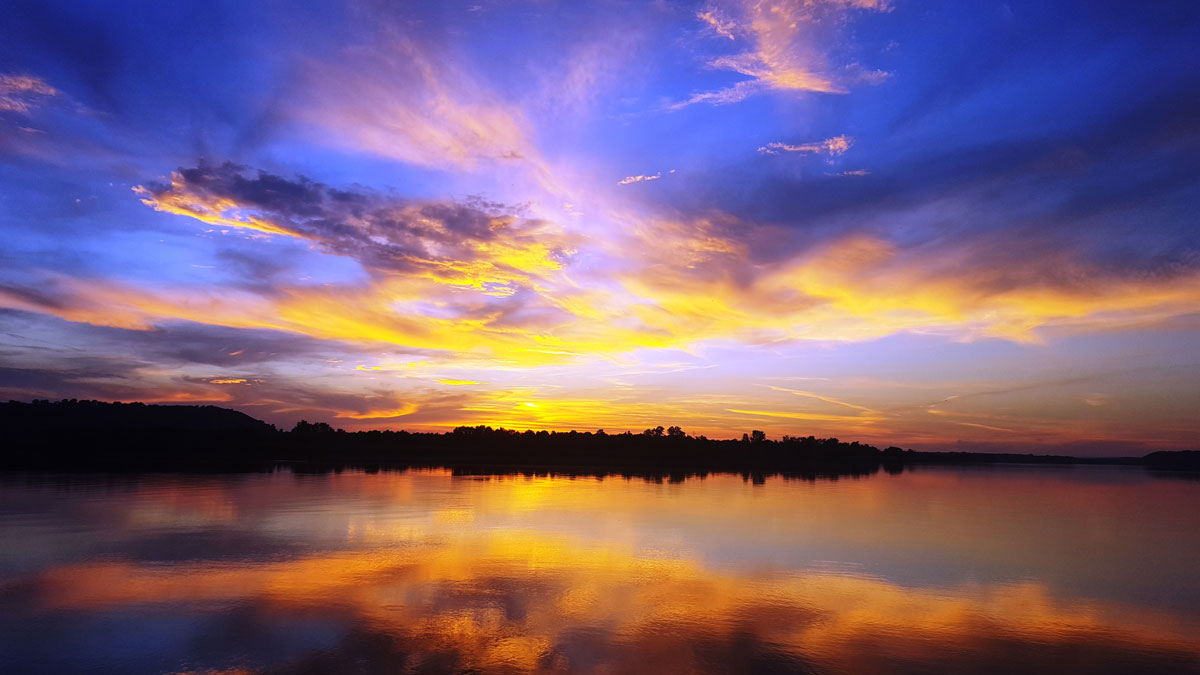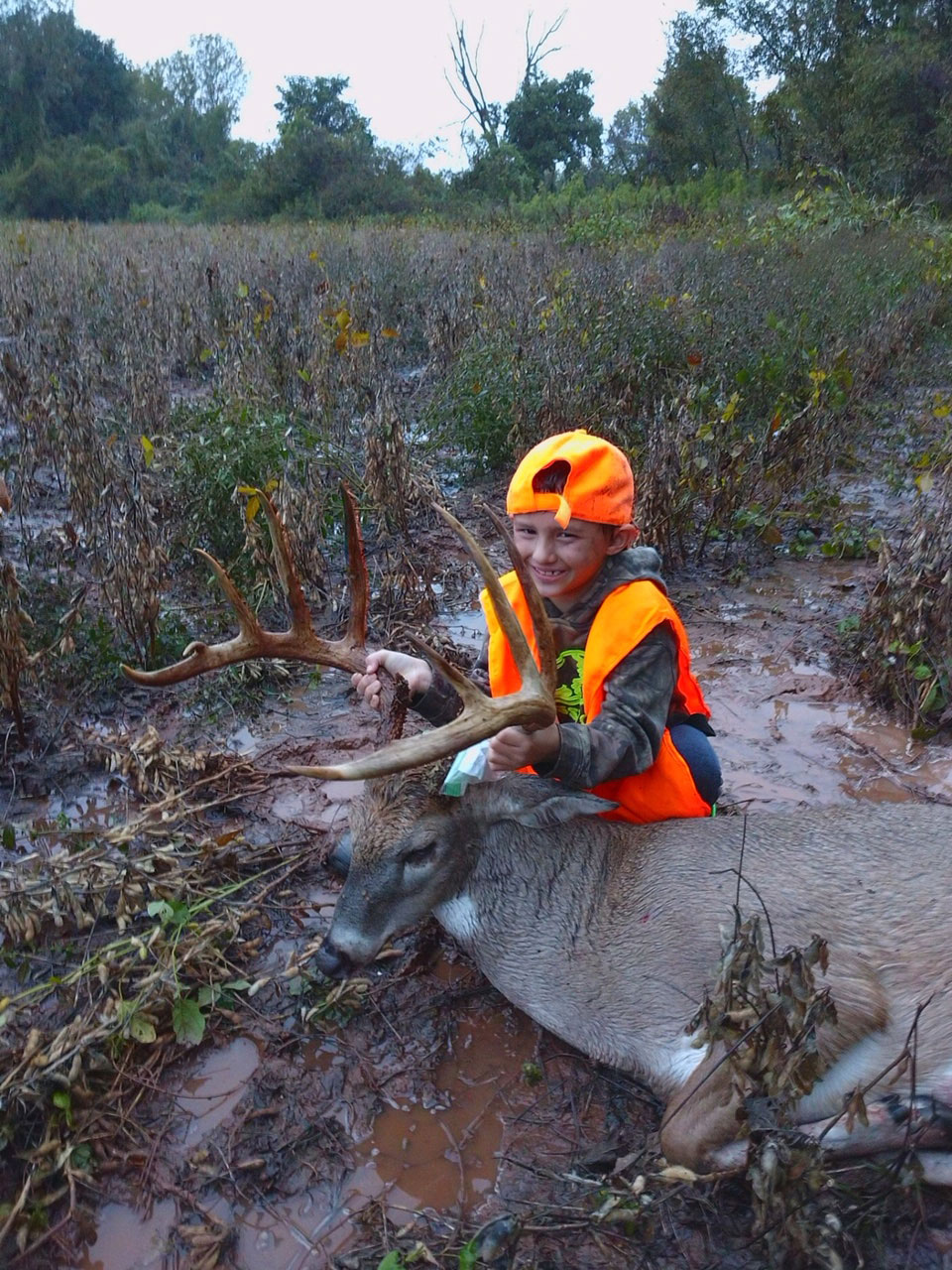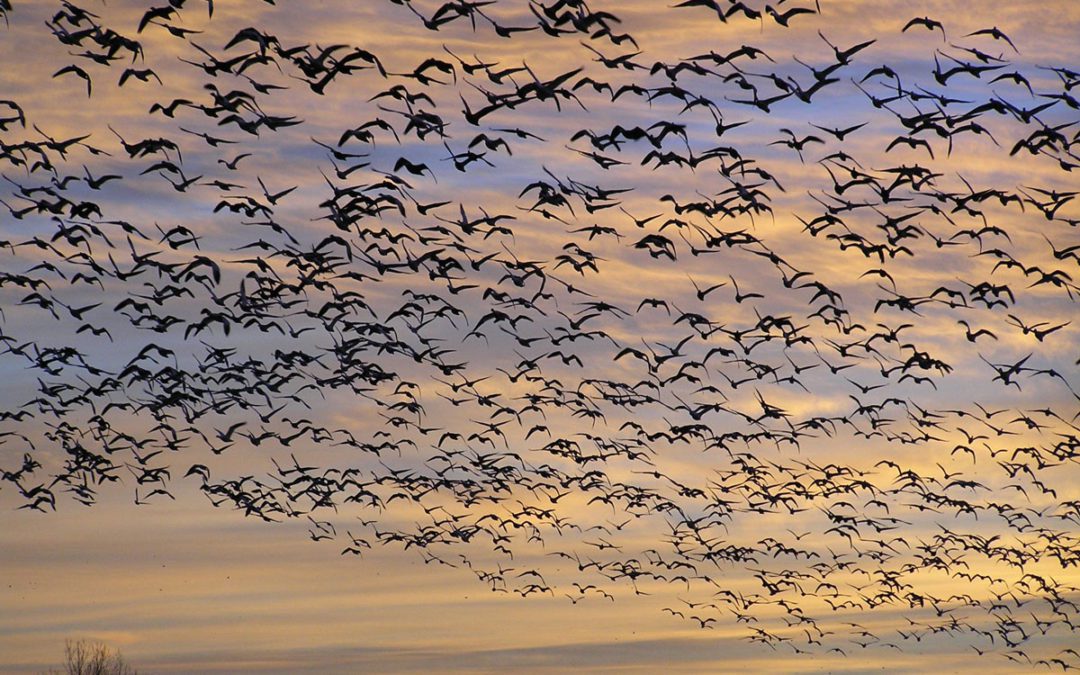The refuge, named in honor of the Native American who invented the Cherokee alphabet, sits at the head of Robert Kerr Reservoir where the Arkansas and Canadian rivers conjoin then pour southeasterly toward the Mississippi. It’s big water.
Rich bottomland hardwoods dominate the 32 square-mile refuge, interspersed with upland meadows and fields. It’s habitat for a litany of dabbling puddle ducks, snow geese and wading birds that make seasonal stopovers. Bald eagles adorn the spring skies on forays from their massive nests that lie in the crooks atop muscular cottonwood trees. The big birds hunt bass, shad, carp, catfish and unsuspecting ducks to feed their hungry eaglets.
The refuge has an impressive population of white-tailed deer, too. That’s what drew young Zayne to Sequoyah. The refuge issues 25 deer tags to youth hunters through a lottery administered by the Oklahoma Department of Wildlife Conservation. Zayne was one of the lucky hunters. For him and his family, it was a fruitful hunt.

Water and sky are one in the afterglow of sunset at Sequoyah National Wildlife Refuge – photo USFWS
“He doesn’t realize just how big of a deer he took,” said his jubilant father, Nathan. “We were confident Zayne would see deer. He and his papaw and I scouted the woods and fields three times looking for sign and where to set up on opening day.”
The investment paid off. An hour after legal shooting time, a big buck showed itself at the edge of the woods.
“It was 200 yards out—too far away—and Zayne could hardly control himself. He had serious buck fever,” said Nathan. “He calmed himself, and we waited it out, quiet and still. It was another 10 minutes as the buck lazily moved within range of the .45 caliber muzzleloader resting on shooting sticks.”

Zayne Wagner harvested an impressive whitetail buck at Sequoyah National Wildlife Refuge -photo Nathan Wagner
Leveled on the heart and lungs as he’d been taught, Zayne squeezed the trigger. Like a ghost, the animal was gone. The boy thought he’d missed it. Nathan reloaded the muzzleloader and they traipsed through a muddy field, over a gentle rise and into the gray woods.
That’s when the boy saw the white underbelly of a most impressive buck on the forest floor. The animal had bounded only a few steps from a well-placed shot. And what did he want to do next? Call his granddad.
Zayne was one of 16 young folks to harvest a deer at the refuge. What’s more, these hunters were among the first to have access to portions of the national wildlife refuge previously closed to hunting. Sequoyah National Wildlife Refuge and other national wildlife refuges across the country strive to open new areas to managed hunts for people of all ages. Hunting plays a big part in sustainably managing deer populations and the habitats they and many other species need.
As for the Wagners, they appreciate the opportunity to hunt on the refuge and intend to try to get back to Sequoyah next deer season. They eagerly await the application period to start in the spring.
As it is with all hunters, their license fees and taxes paid on firearms and ammunition pay for conservation through the U.S. Fish and Wildlife Service’s Wildlife and Sport Fish Restoration Program.
Learn more about hunting at national wildlife refuges at www.fws.gov/hunting

